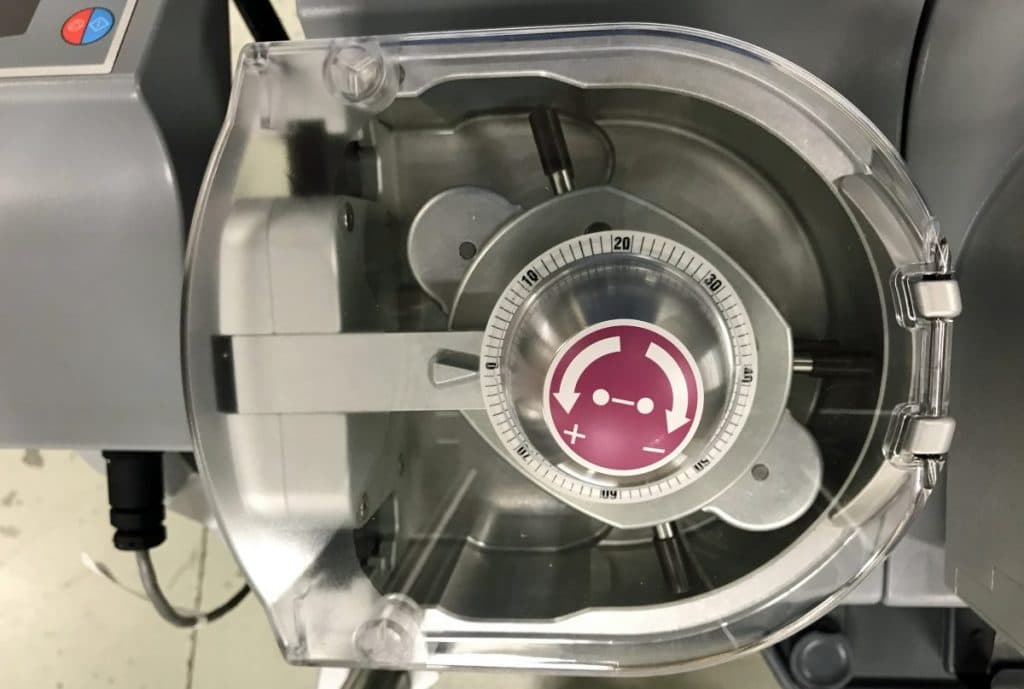Incidence and Distribution of Cerebral Embolism After Cardiac Surgery According to the Systemic Perfusion Strategy ― A Diffusion-Weighted Magnetic Resonance Imaging Study

Background
Stroke is a major concern in minimally invasive cardiac surgery, so we investigated the incidence and risk factors of cerebral embolism according to the systemic perfusion strategy under thorough imaging assessment.
Methods and Results
Between November 2011 and May 2015, 315 cardiac surgery patients who underwent preoperative computed tomography angiography (CTA) as a routine evaluation were enrolled. The incidence and distribution of cerebral embolism were analyzed with routine postoperative brain diffusion-weighted magnetic resonance imaging (DW-MRI) examination. Anterograde perfusion was used in 103 patients (group A), and retrograde perfusion was performed in 212 patients (group R). Operative deaths, incidence of clinical stroke (group A: 0%, group R: 0.5%, P=0.77), and rate of cerebral embolism (group A: 35.9%, group R: 26.4%, P=0.08) were comparable. The median number of new embolic lesions detected by MRI per patient (group A: 2, group R: 2, P=0.16), maximal diameter of the lesion (group A: 6.5 mm, group R: 6.0 mm, P=0.97), and anatomic distribution of the lesion were similar between groups. In the multivariate analysis, hypertension, emergency status, atherosclerosis grade 3 or 4 (intimal thickening >4 mm), and cardiopulmonary bypass time were independent risk factors for postoperative cerebral embolism, but retrograde perfusion was not.
Conclusions
According to the results of postoperative DW-MRI, retrograde perfusion itself might not increase the incidence of postoperative cerebral embolism in properly selected cardiac surgery patients undergoing routine preoperative CTA examination.
